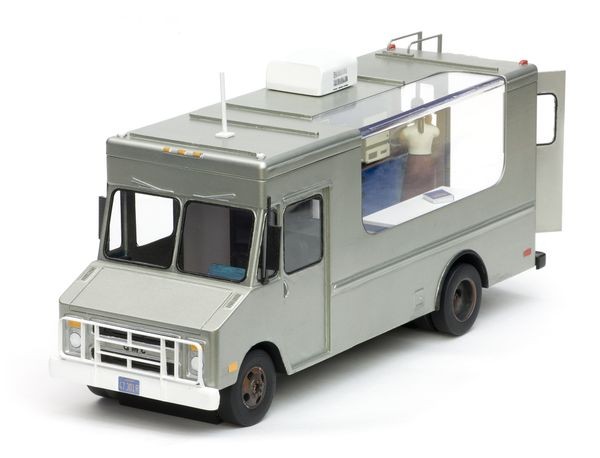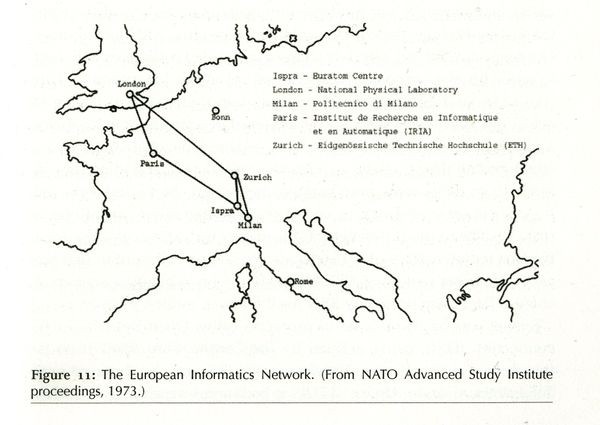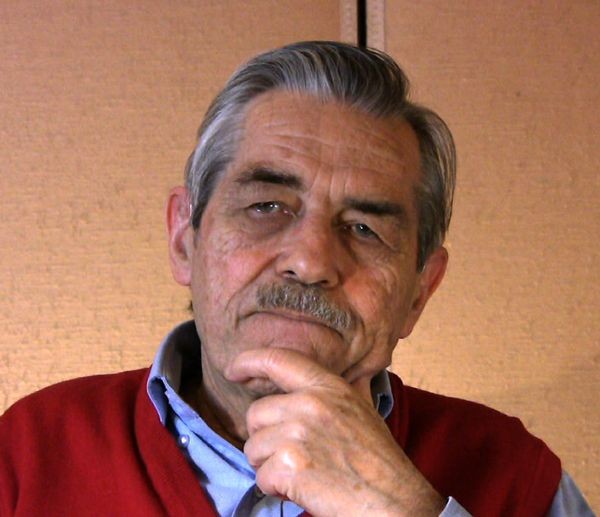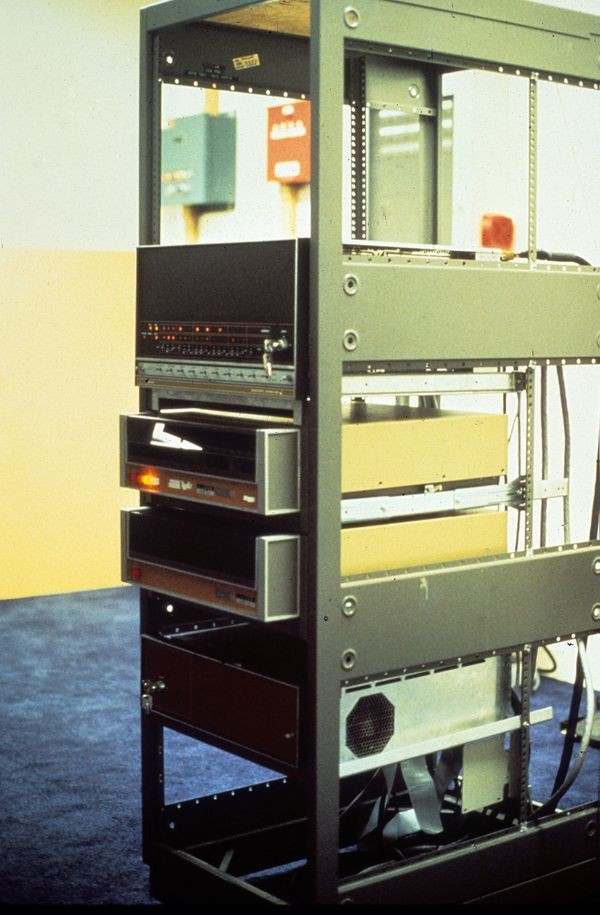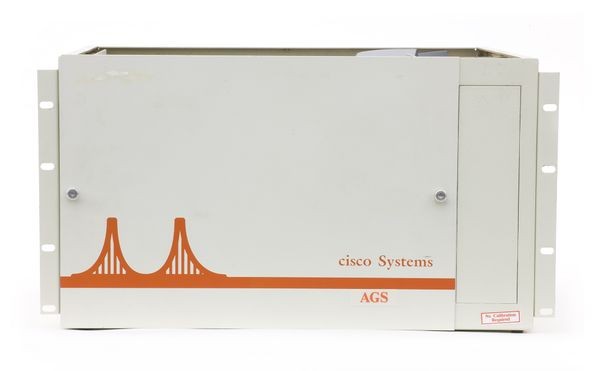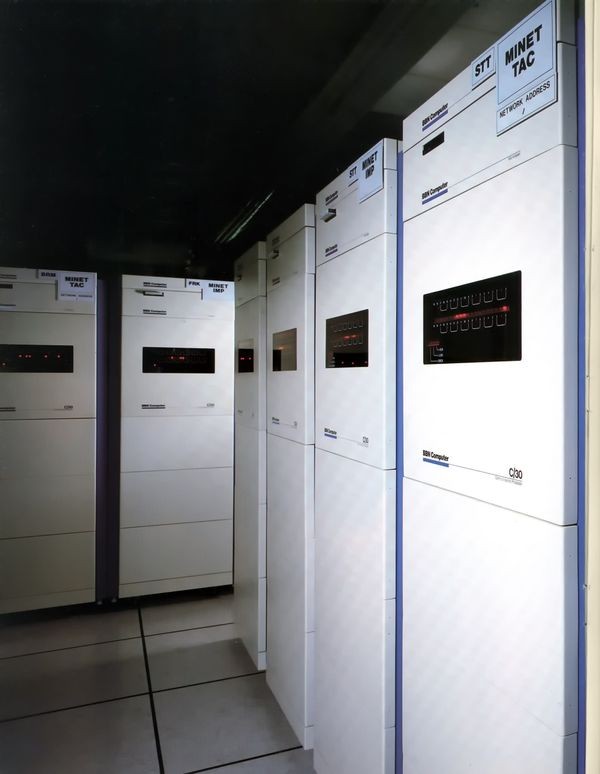Inventing the Internet
SRI van model
“The van where the Internet was born,” filled with high-tech equipment, was used for a November 1977 test interconnecting three dissimilar networks with TCP/IP. The van was built for fundamental research in packet-switched radio networks, the basis of today’s mobile data services.
Inventing the Internet
Early networks successfully connected computers. But different kinds of networks couldn’t link to each other. So, the next challenge was creating “networks of networks,” a process called internetworking.
France’s CYCLADES and Britain’s NPL network were experimenting with internetworking in the early 1970s. Xerox PARC began linking Ethernets with other networks. These influenced ARPA’s TCP/IP internetworking protocol development led by Vint Cerf and Bob Kahn.
In 1977 Cerf and Kahn successfully linked three networks in a dramatic round-the-world transmission from a cruising van. In 1983, the entire ARPANET adopted the TCP/IP protocol. The Internet was born.
Vinton Cerf and Robert Kahn
ARPANET alumni Vint Cerf and Bob Kahn created today’s Internet protocols, partly inspired by collaboration with internetworking researchers from CYCLADES, NPL, University College London, and Xerox.
View Artifact DetailEIN (European Informatics Network)
By the mid 1970s the European Informatics Network had set up internetworking between England’s NPL network and France’s CYCLADES network, with nodes in Italy and Switzerland.
View Artifact DetailLouis Pouzin
At MIT in the 1960s, Pouzin helped design timesharing systems and email. His CYCLADES network in France developed internetworking and influenced the Internet protocols.
View Artifact DetailInternetworking router at Xerox PARC
PARC pioneered internetworking by connecting Ethernets to ARPANET and other networks using the “PARC Universal Packet,” PUP. Because of Xerox confidentiality, they could only give helpful hints about their work to ARPANET colleagues.
View Artifact DetailInternetworking as a Business
Connecting networks to each other requires special-purpose computers called gateways or routers as intermediaries. Some of the first gateways were repurposed ARPANET Interface message Processors (IMPs) from BBN. By the late 1970s, BBN was selling these and other dedicated gateways around the world.
An aggressive Silicon Valley startup called Cisco emerged from the Stanford University Artificial Intelligence lab, however, and soon dominated the router business.
Because most Cisco routers came ready to run Internet protocols, they helped spread the Internet globally—sometimes even to organizations officially supporting competing standards.
Ginny Strazisar, BBN
Strazisar wrote the first internetworking router (then called “gateway”) software for the new TCP/IP protocols. BBN turned this headstart into a business selling routers.
View Artifact DetailAGS router
This Cisco router was able to map one network protocol into another. The software was originally developed by Bill Yeager at Stanford, then licensed and enhanced by Cisco (from “San Francisco”) founders Len Bosack and Sandy Lerner.
View Artifact DetailBBN C/30 Communications Processors
Bolt Beranek and Newman, which had built the original IMP, was a key participant in ARPA’s 1977 internetworking experiments. They produced early routers, but nimbler rivals like Cisco overtook them.
View Artifact Detail